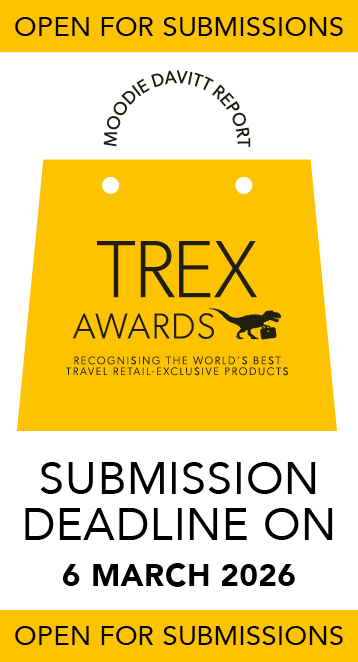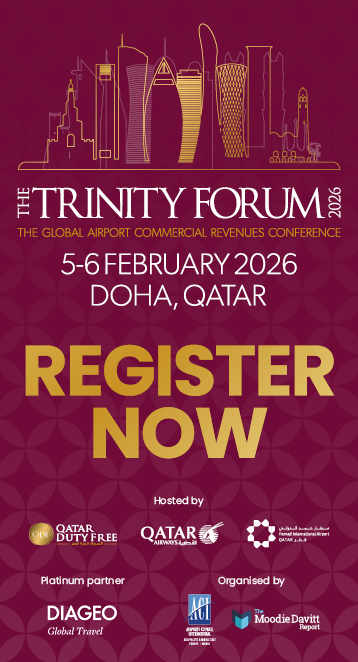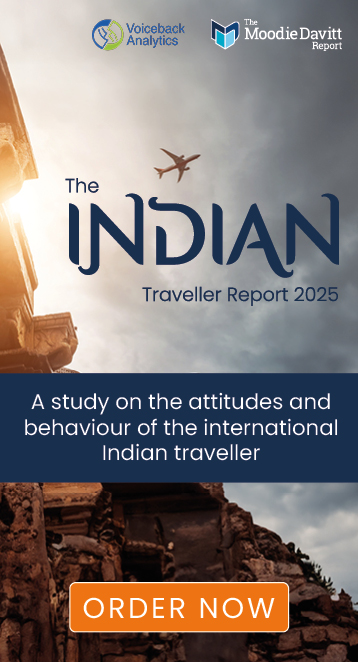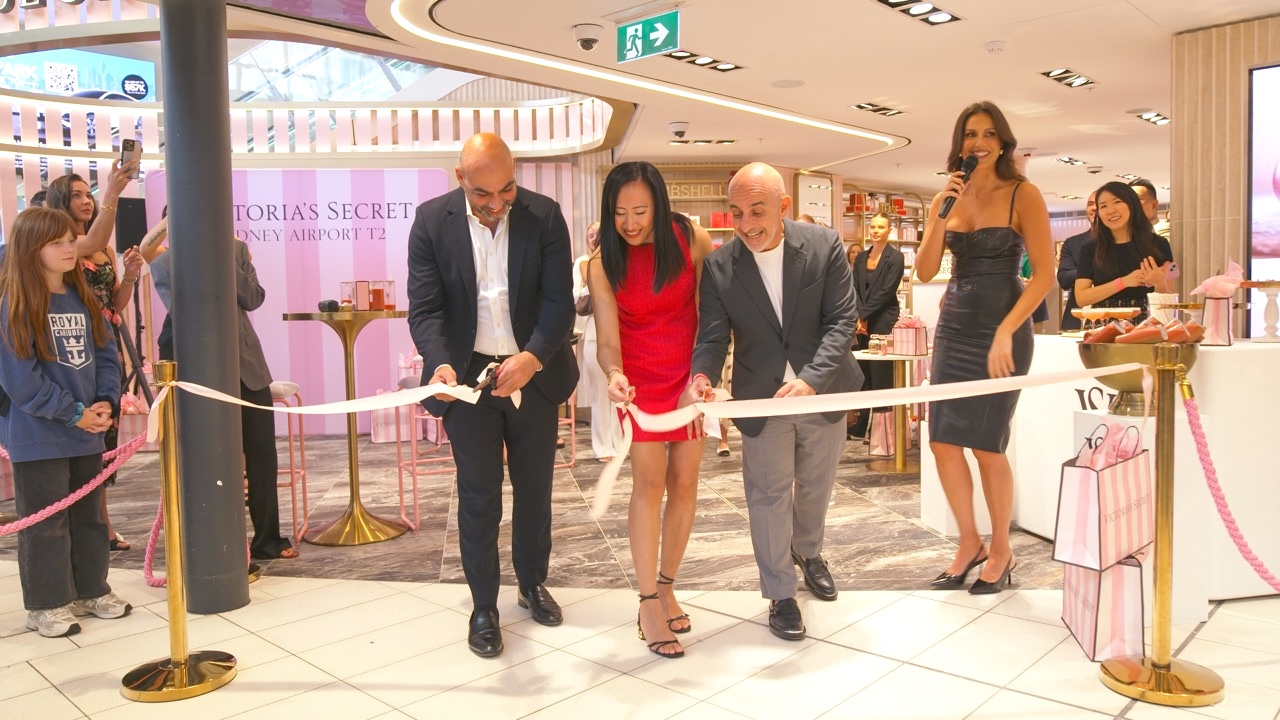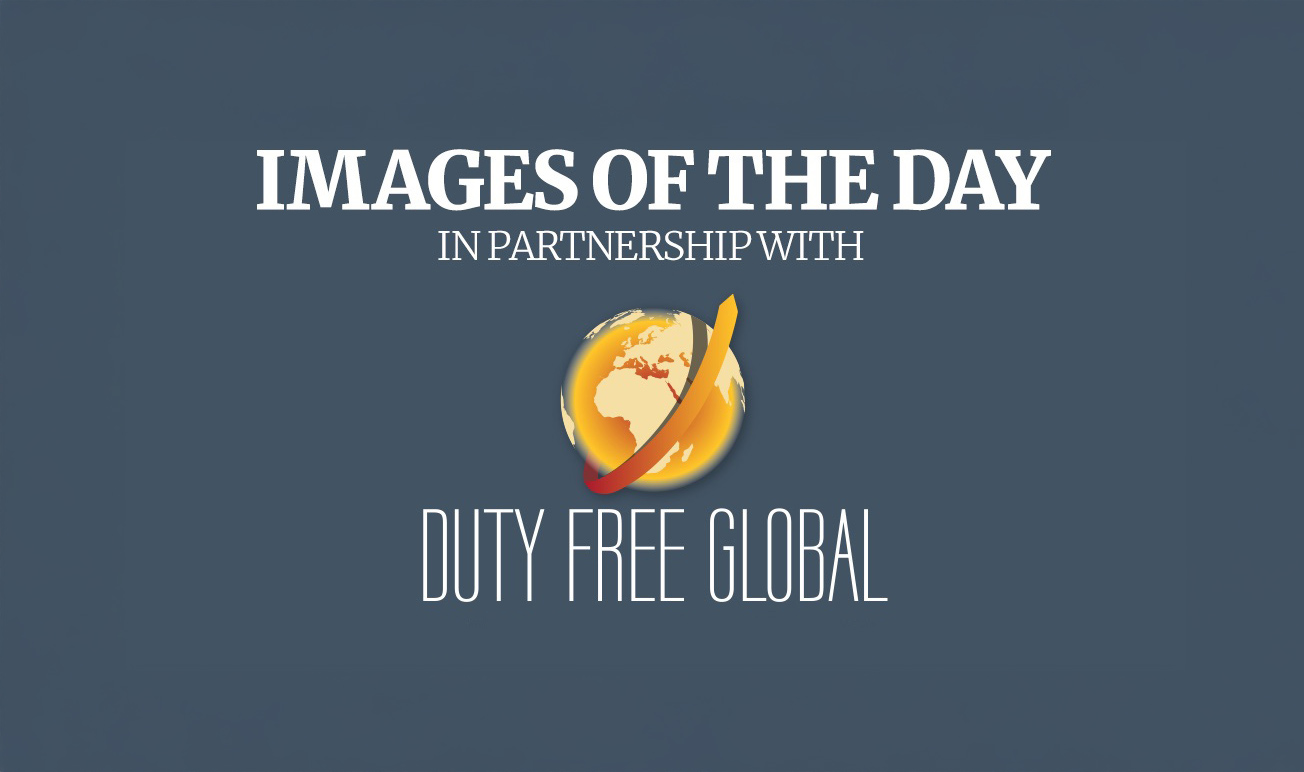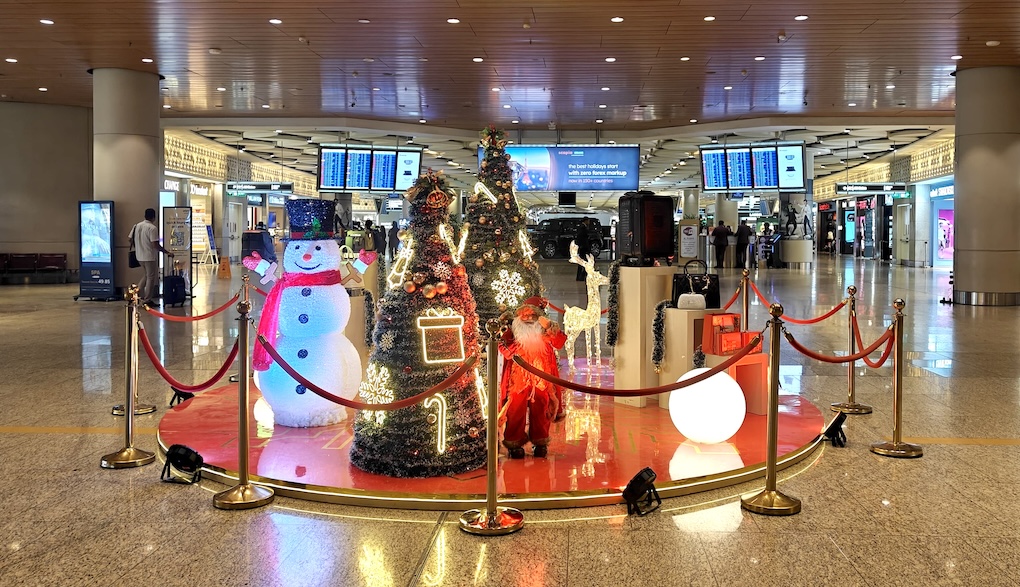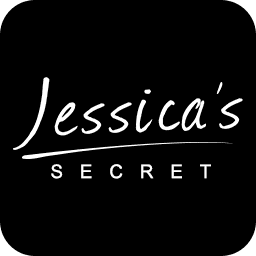Rewind 75 years to 1941, a momentous year in US history. President Franklin Roosevelt was in office, Japan attacked the US naval fleet in Pearl Harbor and the USA subsequently entered World War II. Against this big picture backdrop, fashion brand Coach started life in the same year as a small leathergoods manufacturer in a workshop in Manhattan, New York.
Fast forward to 2016 and that family-run business now has over 17,000 employees and sells its products in 55 countries.
Ian Bickley joined Coach in 1993 as Director, International Planning & Operations before assuming responsibility for Japanese business development two years later. After a nine-year stint in Japan as both Vice President and President of Coach Japan, Bickley returned to New York in 2006 as Coach President International Group.
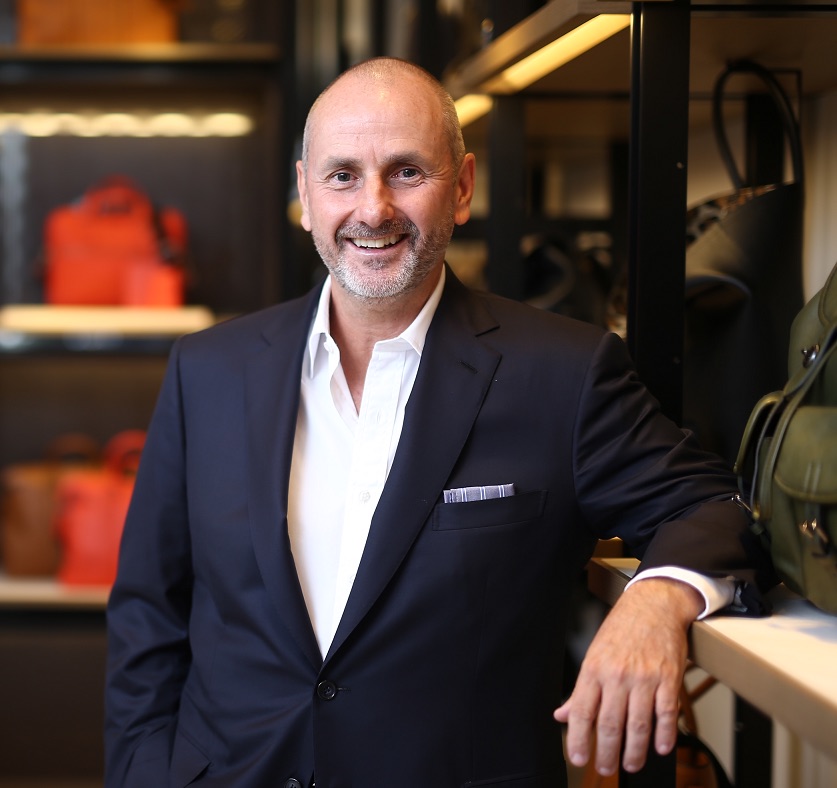
He talks to The Moodie Davitt Report’s Helen Pawson about some of the key events in Coach’s 75-year history and the opportunities that lie ahead for the brand.
The Moodie Davitt Report: How has Coach marked its 75th anniversary year and what activities have you undertaken in domestic and duty free retail?
Ian Bickley: We have worked hard on transforming our brand and celebrating our 75 years of history. This translates into several initiatives in terms of product, runway shows, marketing, customer service and experience. This 75th celebration is epitomised by our recently opened Coach Houses on 5th Avenue in New York and on Regent Street in London. At both locations customers can see several special projects which are part of our celebration.
Our Craftsmanship Bar allows consumers to personalise their bag; our Rogue Made To Order Bar lets customers personalise the Rogue Bag in over a million different combinations of leather, hardware, handles and our Heritage Collection and Vintage restored products highlight our Glovetanned Leather.
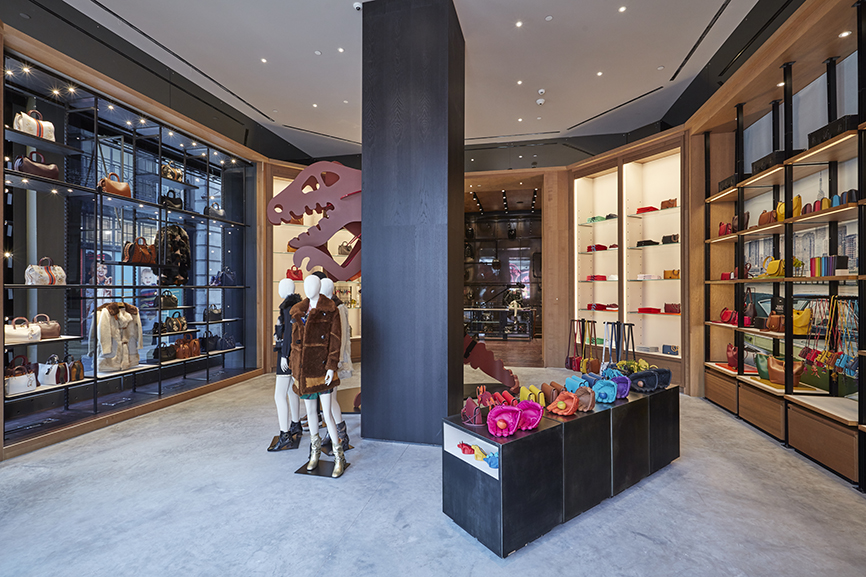
What role has the travel retail channel played in the brand’s anniversary celebrations?
We consider travel retail as a very strategic channel for Coach – it’s a massive window for our brand to millions of tourists every month. In travel retail our goal is to replicate the same shopping experience as in domestic markets. In addition to renewing shops, we have begun to launch our monogramming service to bring craftsmanship and personalisation elements into a travel retail environment.
The monogramming service is currently available at T Galleria by DFS in Hong Kong and Hawaii, Tasa Meng’s store at Taoyuan Airport T2 and China Duty Free Group’s Haitang Bay store.
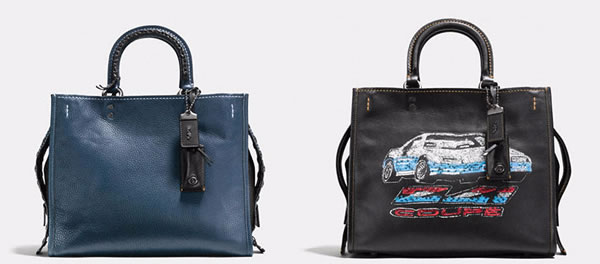
Coach started life in 1941 as a family-run workshop in a loft in Manhattan. How important are those family roots and how does the company uphold the same level of workmanship as back then?
The product continues to be the heart of our company. All our production is still handcrafted and, while we produce across the world today, all products are still designed in the workshops in our office in Manhattan. This is essential for the way we operate; we are a global brand but still work extremely close to the artisans that craft and design our product so we don’t lose contact with the essence of our brand.
Coach has declared its aim ‘to become the company that defines global modern luxury’. How do you define ‘modern luxury’?
From the viewpoint of our business modern luxury is about authenticity – quality, craftsmanship and the personal relationship we establish with consumers through all the touch points of our brand. It is not about emulating the European players or elevating our price points. It’s about differentiating ourselves from the new accessible luxury players who mostly depend on fashion and the traditional luxury players who mostly depend on exclusivity.
It is about providing the luxury experience in all senses but in an approachable way. For example, the visual language and customer experience language that is displayed in our product, stores and marketing, across all consumer touch points.
The true expression of modern luxury is exemplified in our recently opened Coach Houses in London and in New York. Both showcase our quality leathergoods, ready-to-wear and accessories against our newest store environment.
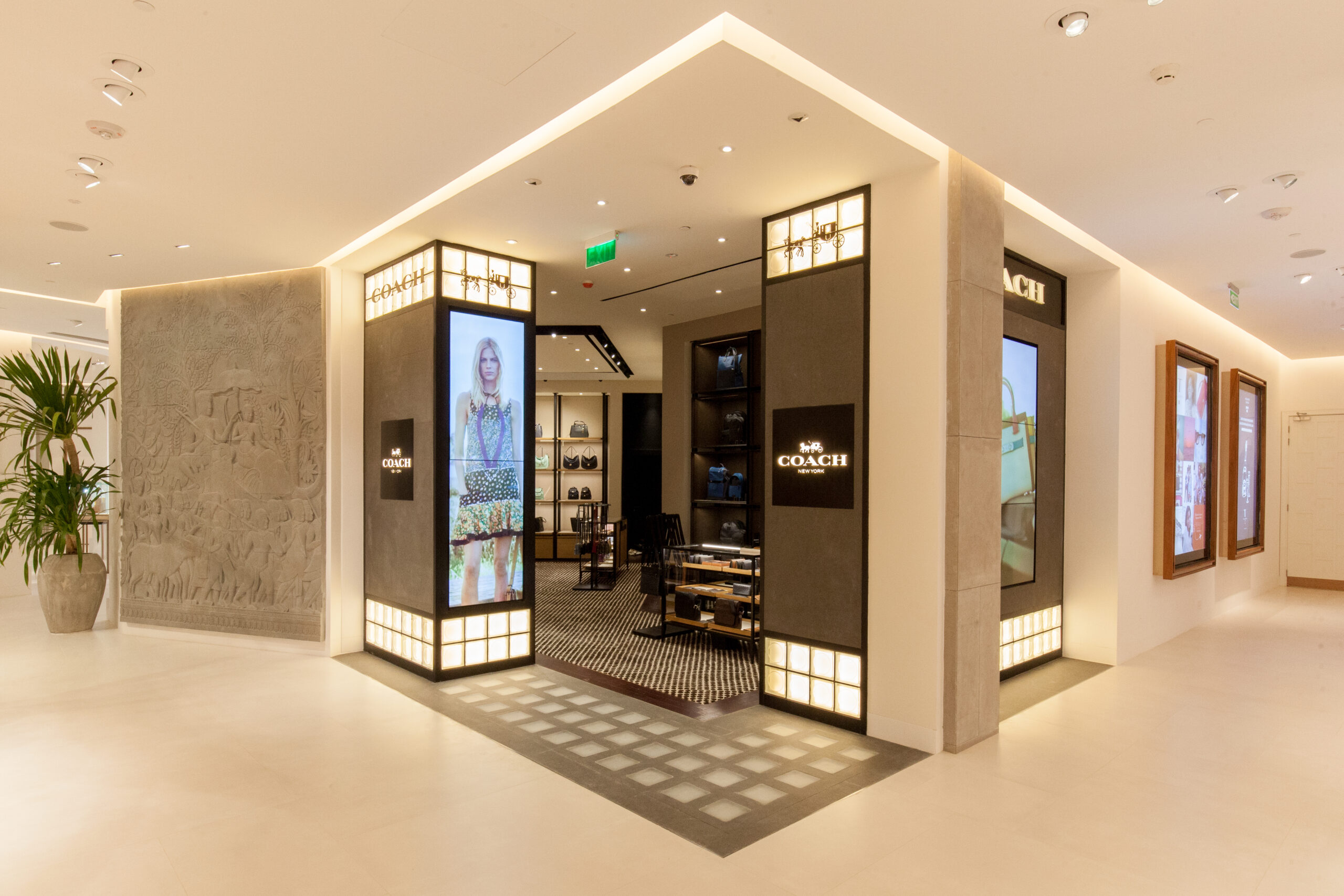
By summer 2016 Coach planned to have 25% of its regional travel retail stores fitted out in the new ‘modern luxury’ style. What stage are you at with the concept roll-out and what are the key elements?
We are proud to say that we are on track to complete the renovation and modernisation of around half our global travel retail fleet with our modern luxury design by next summer. I would like to recognise our travel retail partners who have been extremely supportive in the implementation of the new design as they see increase in productivity and, most importantly, improved customer experience.
What are your plans for developing the channel further and how important is travel retail to the overall business?
Travel retail is a very strategic channel for Coach and we have a focus on the channel. The first effort towards developing the channel is to replicate the customer experience we can find in any of our domestic shops. In that sense, our shop renovation programme is one of the most important steps in that direction.
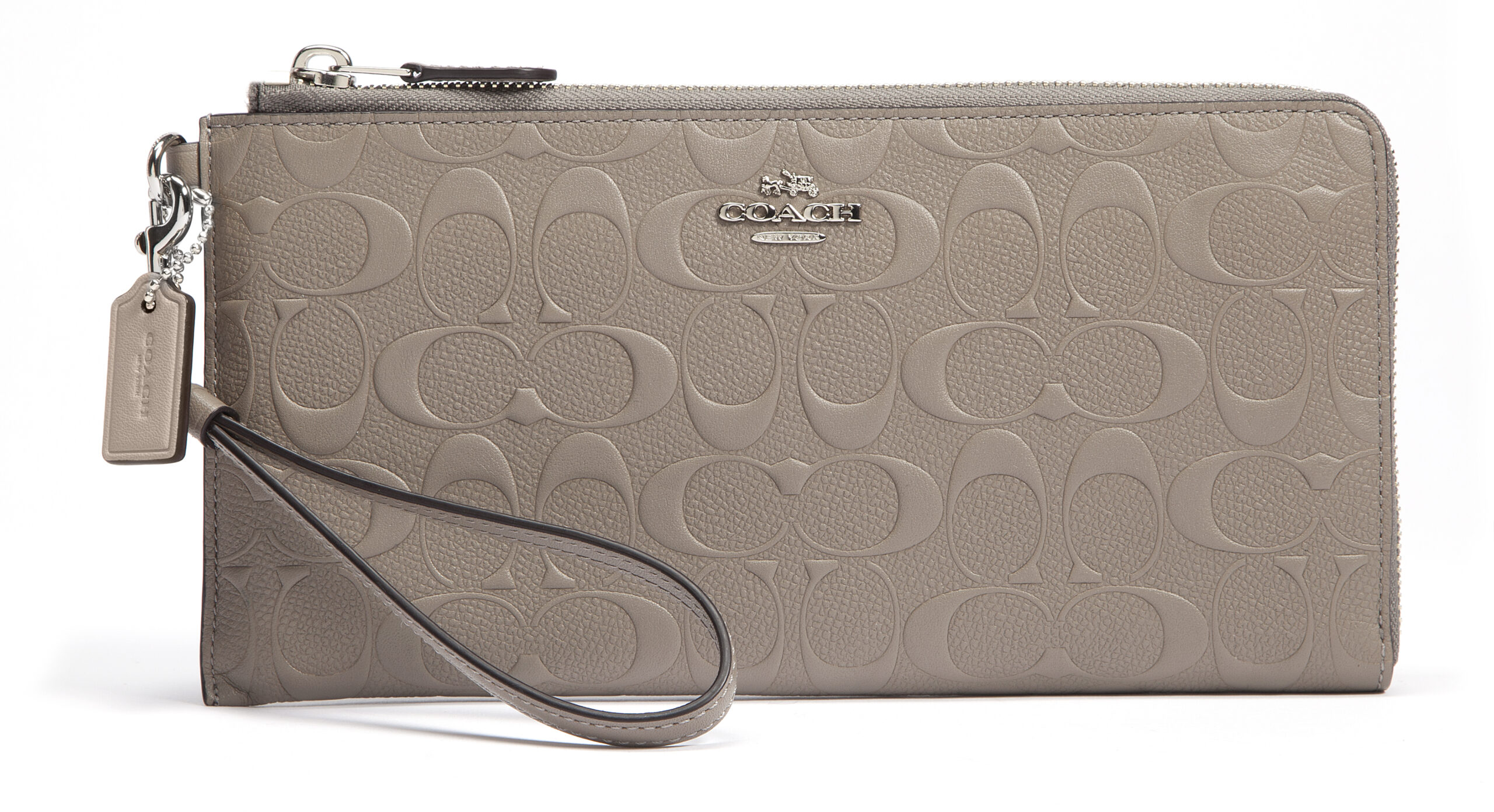
We are also increasing the training support for the full implementation of our modern luxury hosting ceremony. In two years’ time we will have tripled the staffing dedicated to training in travel retail and we are creating additional synergies with our domestic business units on that matter.
The second effort is the continuous development of our travel exclusive programme, which continues to gain traction and has been among our bestselling collections in the past two seasons. We will bring additional innovations to the collection in 2017.
Which are Coach’s strongest markets in travel retail and where would you like to penetrate further?
We are clearly very developed in Asia and in the USA where we have been operating for several years with great success and with very strong retail partnerships. Europe currently is one of the main sources of growth for Coach, we are investing a lot in the domestic markets with the opening of flagship locations in Paris, London and Milan. We are also at an advanced stage of launching the brand in Russia.
With all these developments, we are now ready for a more aggressive expansion of travel retail in Europe which is probably our largest area of opportunity in the channel. However, we now only want to expand if we can truly express our brand with proper real estate and customer experience.
“In two years’ time we will have tripled the staffing dedicated to training in travel retail and we are creating additional synergies with our domestic business units on that matter.”
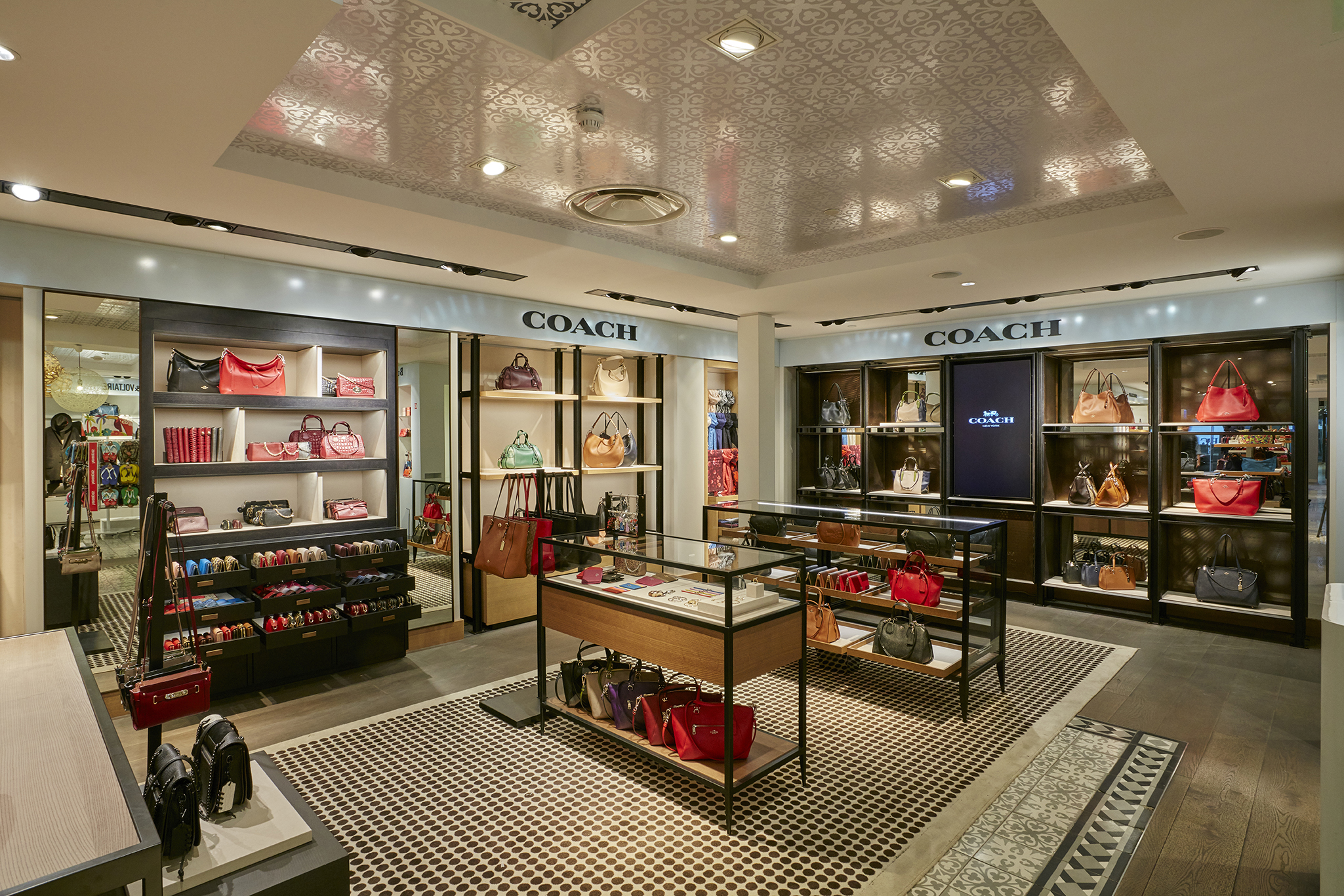
How do you think luxury is treated in travel retail today by airports and retailers? What more can they do to provide you with a great platform for your brand?
There is a growing understanding from airports and retailers on how to properly manage the luxury categories in the channel, but there is still room for improvement.
The main constraint today is real estate and space, which is typically very limited in the channel, especially in airports. This also limits the abilities of brands to offer their best shopping environment. However, we see a clear progression in the retailer’s way of thinking, trying to create differentiation and unique experiences. We do think there is room for growth in regards to operators engaging more directly with travellers via CRM and digital.
How has the acquisition of Stuart Weitzman helped with the brand’s transformation?
Stuart Weitzman is an attractive, fresh brand with a leadership position in the premium shoe category possessing a strong recent operating history. The brand demonstrates clean distribution and pricing, a differentiated supply chain, proven tenured senior management team and operational, technical know-how synergies for Coach, Inc.
With the acquisition of Stuart Weitzman, our strong infrastructure is helping to drive efficiency and expand the Stuart Weitzman product mix to an even broader consumer base worldwide. At the same time, Coach is leveraging Stuart Weitzman’s technical and merchandising expertise in footwear. We have recently launched Stuart Weitzman in travel retail with DFS in Macau and Venice, and in Korean duty free. The transaction provides another avenue of growth and complements Coach’s current leadership position in premium handbags and accessories.

There has been a considerable amount of change at Coach in the last few years: in 2013 Stuart Vevers was appointed as Creative Director and in 2014 Victor Luis was appointed CEO. How have these two appointments impacted the business, designs and way of thinking?
Stuart and Victor are very much aligned on the vision for the brand and both bring passion and drive to the business and their roles. Stuart has always been drawn to brands with heritage and this was one of the key drivers in his decision to come to Coach. In fact, he’s a keen vintage shopper and has bought dozens of Coach bags over the years for inspiration. He believes that the earliest Bonnie Cashin designs hold something very special because it was the start of something new and exciting.
Victor joined Coach in 2006 as President and Chief Executive Officer, Japan and spent several years in our international business. He then went on to the role of President and Chief Commercial Officer before becoming our CEO. During this tenure, Victor developed his vision for what Coach could be and what it is today.
Stuart and Victor align on the baseline of appreciating and being respectful of the Coach brand heritage but at the same time, not being overly referential. They both have an understanding it is Stuart who will create and build the powerful narrative. A great brand business and sustainable proposition is best served with leaders who are both left and right brained and with Victor and Stuart we have the right balance.
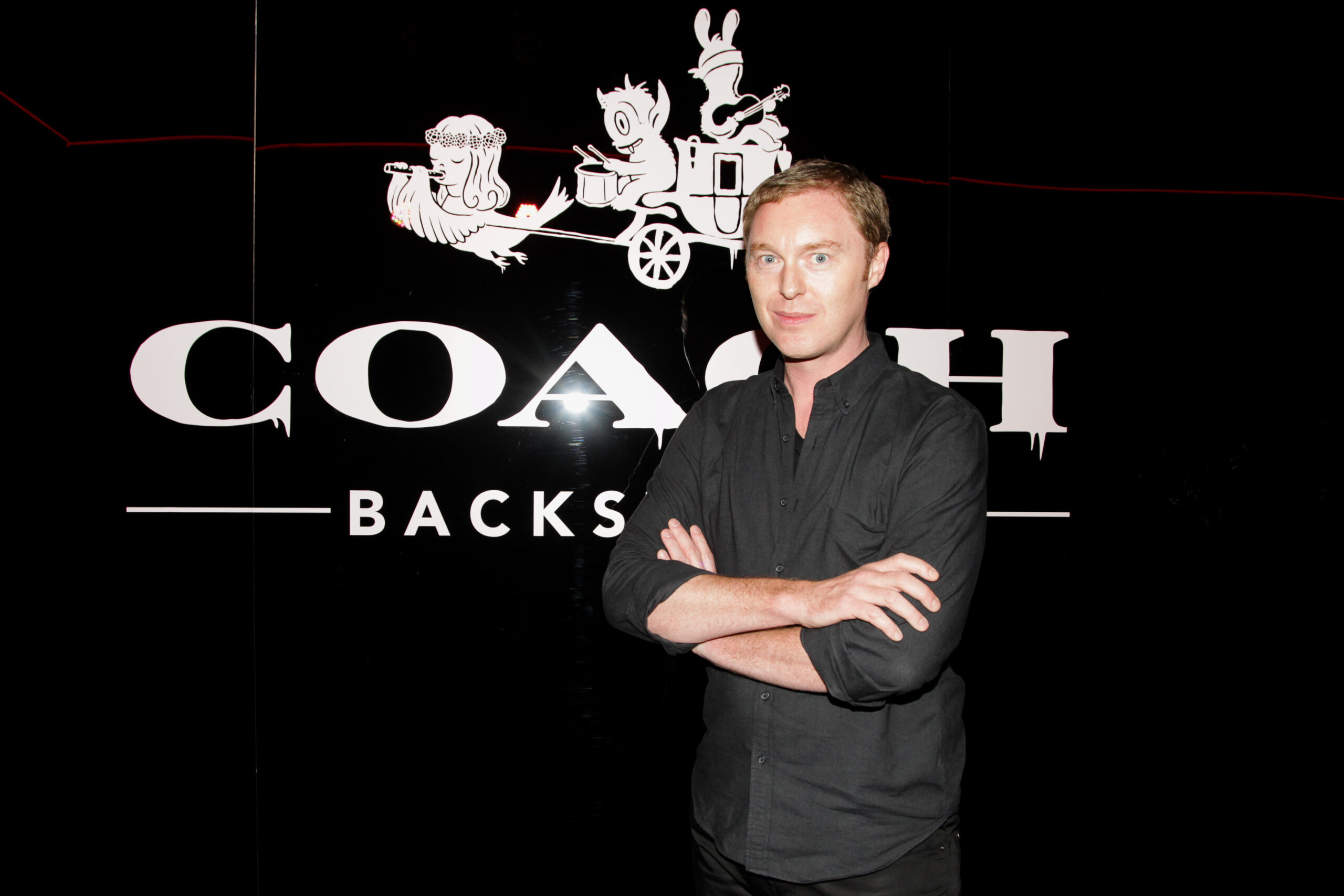
“A great brand business and sustainable proposition is best served with leaders who are both left and right brained and with Victor and Stuart we have the right balance.”
The last year or so has been a period of consolidation for Coach: the company has closed 100 doors in North America and has stopped selling handbags on Alibaba’s TMall e-commerce site. How have these decisions affected sales and what’s the next move for Coach? What is the digital opportunity for the brand in your view?
Since 2014, Coach has embarked on a comprehensive global transformation plan to reinvigorate the brand and to foster the emotional connection with customers by elevating our products, store environment and marketing initiatives, to showcase the modern luxury image of Coach.
Harnessing the enormous power of digital remains a global strategy and an important part of Coach’s transformation journey. As a result of resources consolidation, we will continue to provide a superior and seamless shopping experience from offline to online. We will service customers in cities where Coach does not yet have a brick-and-mortar store, showcasing our modern luxury brand image and products via Coach’s official e-commerce enabled website.
Concurrently, as a crucial part of Coach’s digital strategy, we will continue to seek innovative ways in leveraging digital and social platforms to interact with our customers, listen to their feedback and reinforce the emotional connections we have with customers.
While leathergoods is Coach’s core product area, the brand also produces fragrances, clothes, footwear and sunglasses among others. How important are these categories to the business?
We have been in lifestyle categories including footwear, outerwear, eyewear, watches, and jewellery for many years. We continue to believe that handbags and accessories are one of the most compelling spaces in fashion, but we also recognise that part of brand elevation involves storytelling and driving the emotional connection with our customer. Because of this we debuted the Coach 1941 collection, which has since grown to encompass four women’s and two men’s collections annually.
It’s important to keep a consistent dialogue with our customer and ready-to-wear makes that dialogue much richer in the fashion space. We also see tremendous white space in the market for the collection. The global market for men’s and women’s premium handbags and small leathergoods is over US$40 billion today. Including footwear and outerwear, this doubles the size of the market we participate in to US$80 billion. Over the last few years, we’ve refocused on men’s, growing from US$100 million to over US$700 million from FY10-FY16 and are looking to grow this category to a billion dollar business globally.
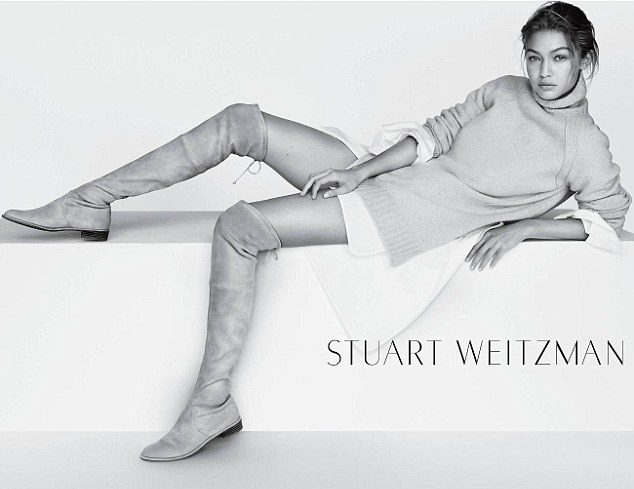
We are also leveraging the learnings and synergies from our acquisition of Stuart Weitzman for our footwear category and have had a very successful launch of the Coach Eau de Parfum this past fall through our partnership with Interparfums. We have demonstrated success in these categories across all channels and will continue to broaden the brand going forward.
“Over the last few years, we’ve refocused on men’s, growing from US$100 million to over US$700 million from FY10-FY16 and are looking to grow this category to a billion dollar business globally.”
The Coach Foundation was set up in 2008 and has given over US$40 million to charity. Can you tell us about some of the key projects that the Foundation has supported over the last eight years?
Partnering with non-profit organisations that are making a meaningful difference in our communities is an important cornerstone of Coach’s heritage. Since the inception of the Coach Foundation in 2008, our more than US$40 million in financial contributions has supported a number of important causes.
Over the years we have ‘adopted’ over 500 public school classrooms across the country by our US retail stores, equipping teachers and students with needed classroom materials. In Vietnam, we supported the establishment of six primary school libraries, impacting the lives of over 2,600 children and in China we supported 12 schools working with over 360 students.

We’ve supported victims of domestic violence by funding workshops and one-on-one career assistance and we’re also proud to have given over US$2 million to the Breast Cancer Research Foundation. Coach and the Coach Foundation together have given over US$7 million to organisations working on the ground in the aftermath of natural disasters. We provided nearly US$5 million in 2011 to the Japanese Red Cross Society following a devastating earthquake and tsunami in Japan, and assisted the recovery efforts following Hurricane Sandy with a gift of US$2 million to the American Red Cross.
Recognising Coach’s New York City roots and longtime home in the garment district, the Foundation gave US$5 million to the Friends of the High Line to support the High Line Park. Further, in 2013, Coach committed a total of US$15 million over five years as a founding partner to create The Shed, the Hudson Yards based visual and performing-arts institution dedicated to commissioning innovative new works.
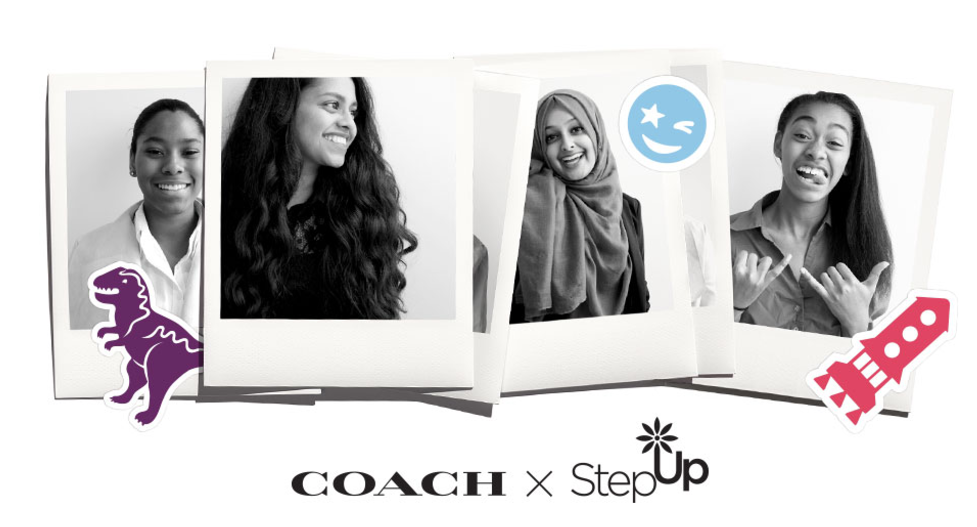
Recently, Coach has pledged US$3 million over the next three years to Step Up, an organisation that offers teen girls from under-resourced communities the support and confidence to fulfil their potential. The funding will enable Step Up to bring their programmes to three new cities, tripling the number of girls served annually.
Already this year, Coach’s funding helped bring Step Up to Dallas – its first regional expansion in a decade. Coach has always designed for confident women, and we feel strongly that all girls should have the chance to dream big and, even more importantly, to have the support they need to turn those big dreams into big plans.
Coach is one of the best-known and longest established leathergoods brands in America and beyond. In your opinion, what sets Coach apart?
We are a strong and distinctive American brand with 75 years of history that no other US brand can claim. We also have a broad and engaged customer base with a deep emotional connection to Coach’s heritage. We are well aware that our existing and budding consumers are looking for innovation; they’re looking for quality, value, and, most of all, they are looking for authenticity. Our unique positioning paired with our strong fashion foundation as a New York design house and America’s original house of leather is very much part of our DNA and sets us apart.








